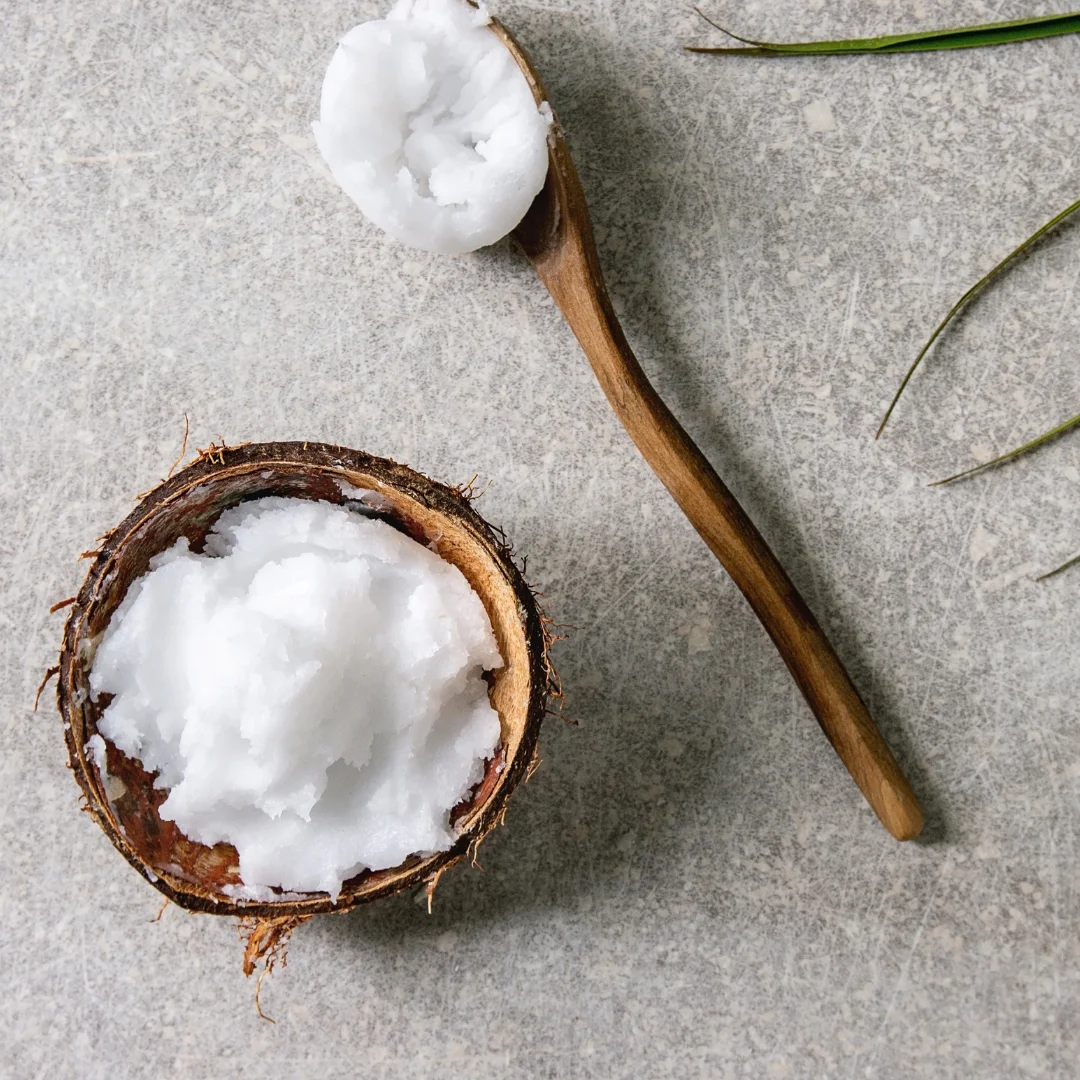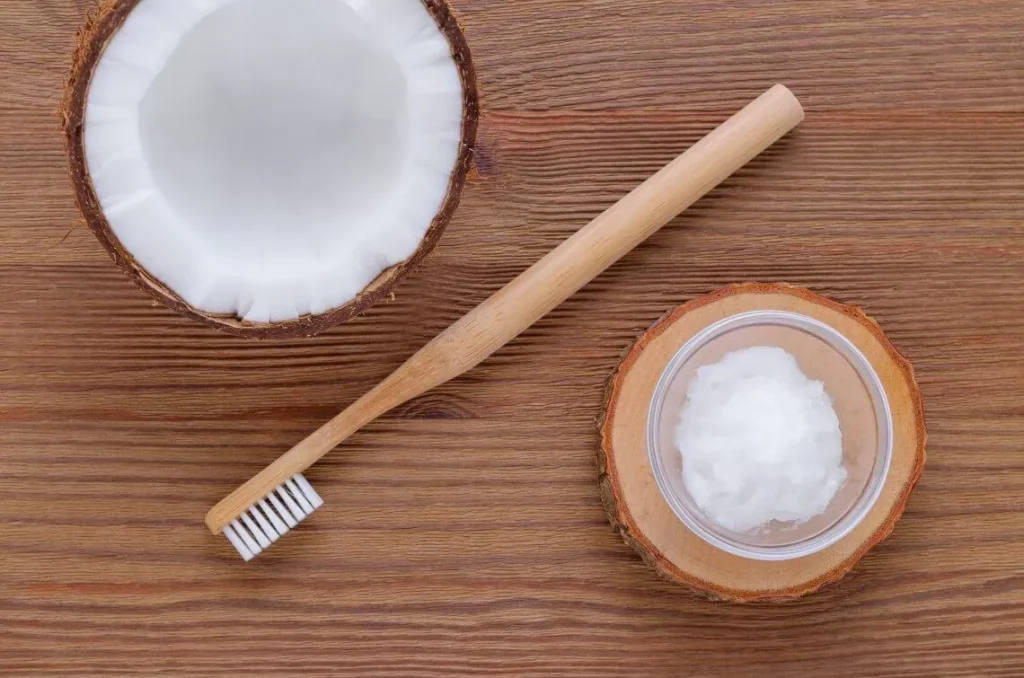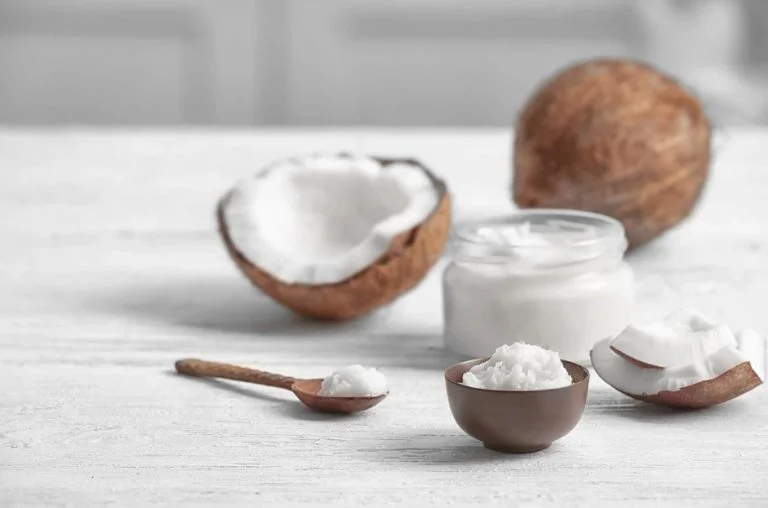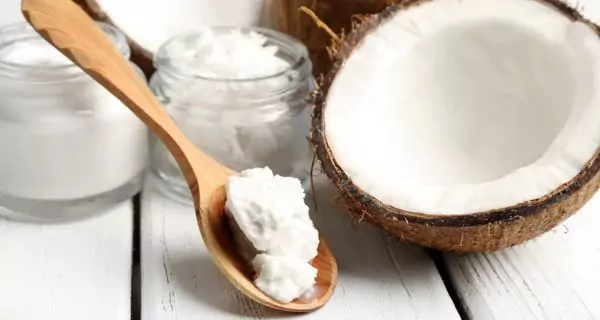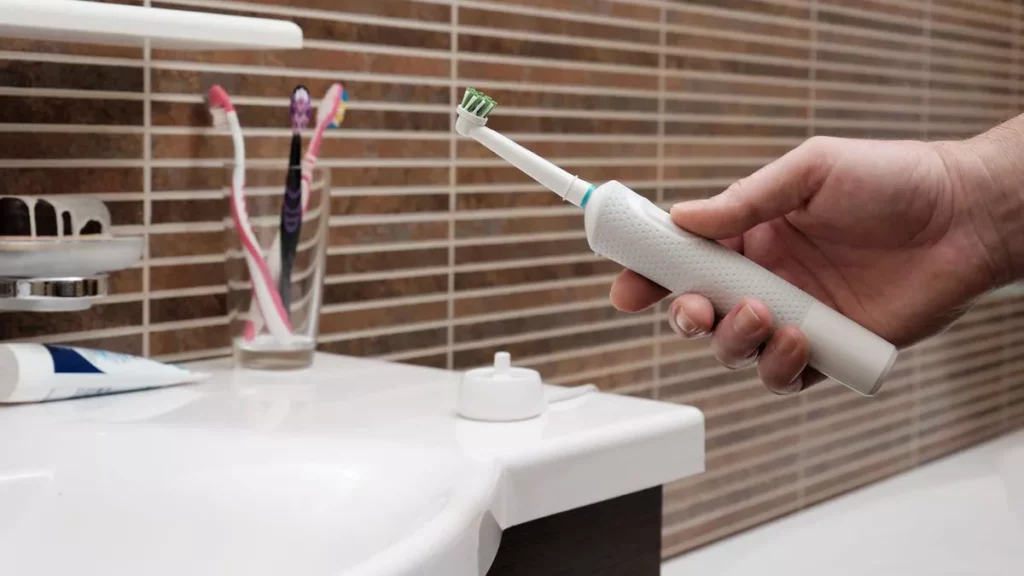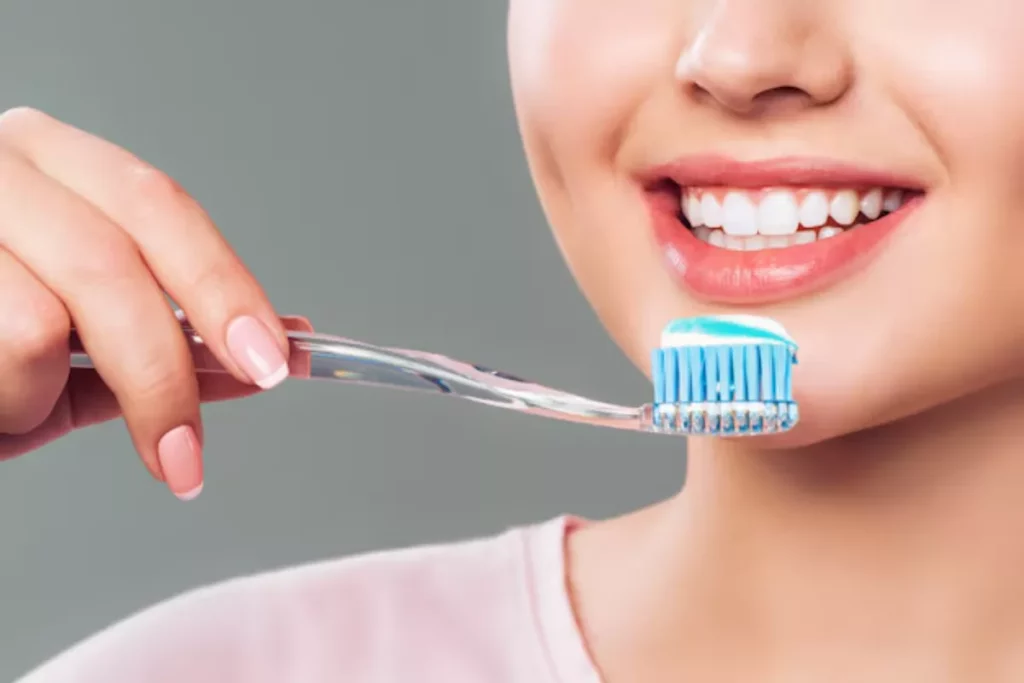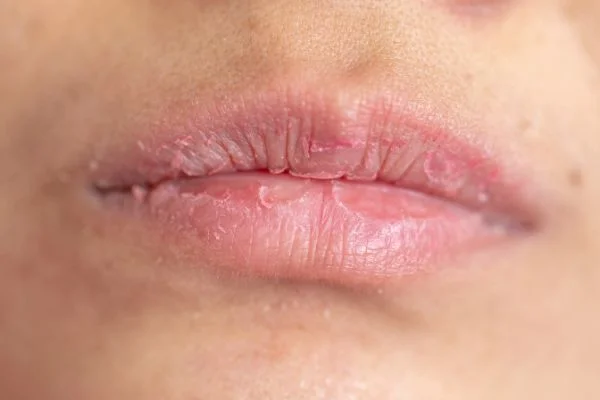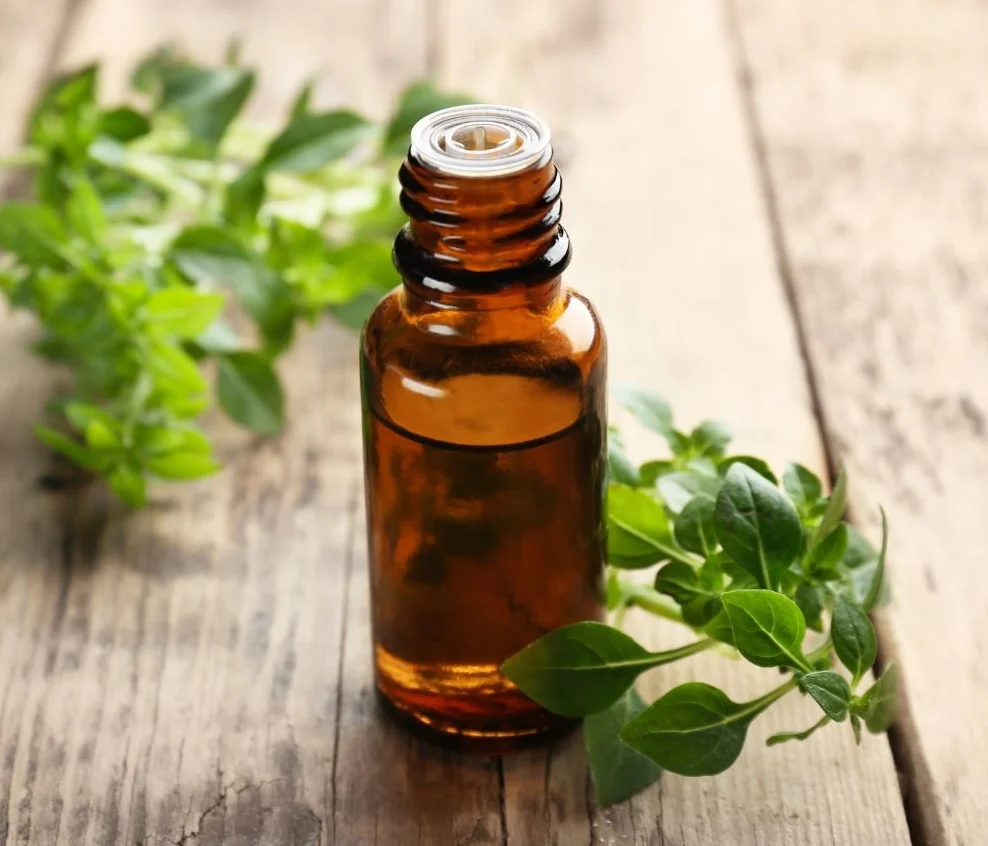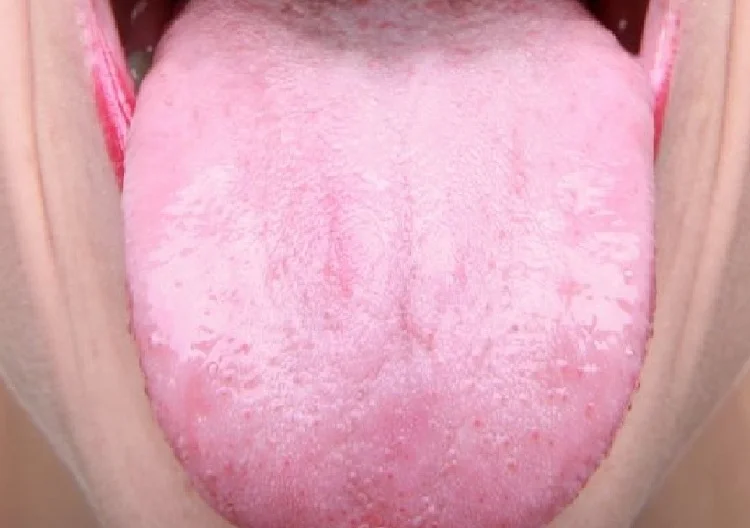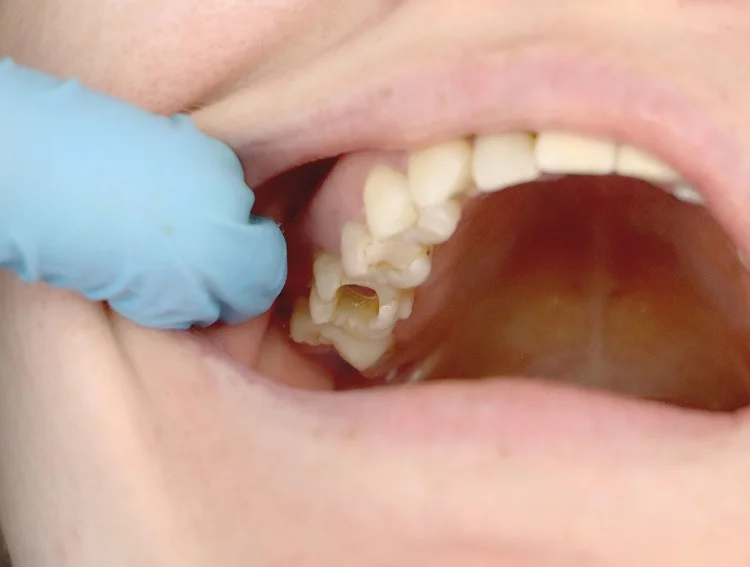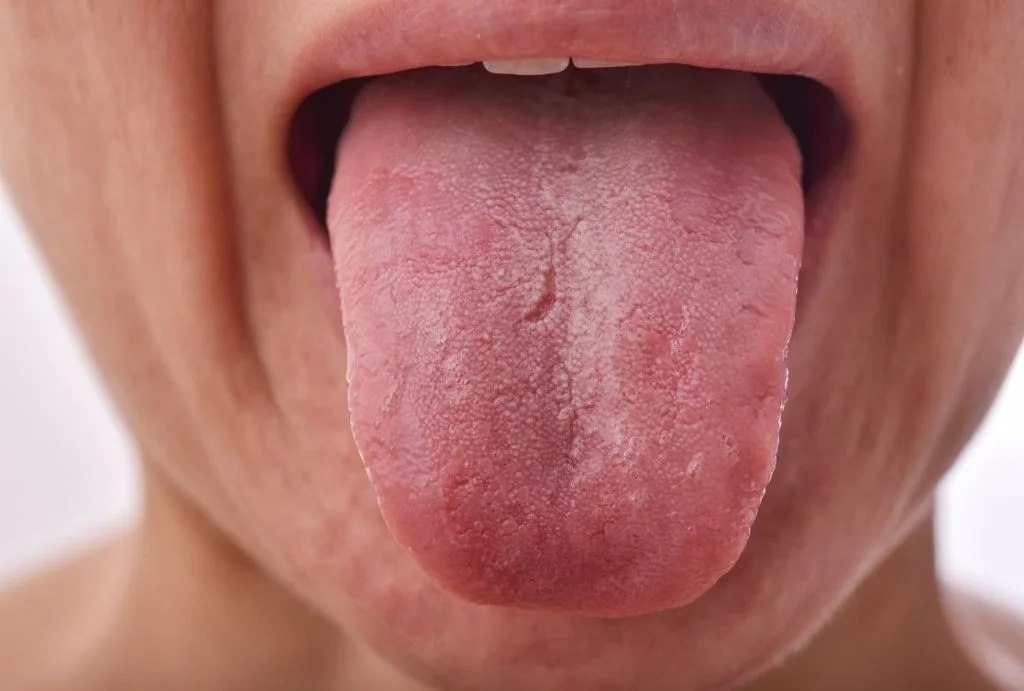Last Updated on: 12th December 2025, 05:56 am
Oil pulling with coconut oil is used in oral care because it contains lauric acid, a natural compound with antibacterial, antifungal, and anti-inflammatory effects. This helps reduce harmful bacteria, freshens breath, soothes gums, and keeps the mouth moisturized. It’s not a replacement for brushing or flossing, but a safe and natural complement.
Long before modern mouthwashes and medicine, ancient cultures explored natural products to care for the body, fight disease, and protect the mouth.
In oral health, oil pulling was an important practice in Ayurvedic medicine from India. Originally, it was done with different vegetable oils to fight bacteria and keep teeth and gums healthy.
Today, oil pulling with coconut oil is the most popular choice because of its unique benefits for oral health. Let’s explore oil pulling and how to practice it correctly for the best results.
What Is Oil Pulling with Coconut Oil?
Oil pulling with coconut oil is a natural mouth-cleaning method. It’s simple: you just need to place a tablespoon of coconut oil in your mouth, swish it for several minutes, and t spit it out. The purpose is to “pull” out bacteria, food particles, and toxins that contribute to bad breath, cavities, and gum problems.
Many people use it as an extra step in their oral care routine. As stated, it is not a replacement for brushing and flossing.
Where did oil pulling come from?
Oil pulling is an ancient practice from India, part of Ayurvedic medicine, which is over 3,000 years old. In the past, people used oils like sesame or sunflower oil to “pull” out toxins and bacteria from the mouth.
Today, coconut oil is the most popular choice. This is because coconut oil has special properties that make it useful for oral health, such as fighting germs and moisturizing the mouth.
Why is coconut oil used for oil pulling?
Coconut oil contains lauric acid, a natural compound with antibacterial, antifungal, and anti-inflammatory effects. This makes it different from many other oils.
When you swish coconut oil in your mouth, the lauric acid mixes with saliva and fights harmful microorganisms like Streptococcus mutans, a main cause of cavities. Plus, it helps reduce swelling and irritation in the gums.
Oil pulling with coconut oil has regained popularity worldwide as a natural and simple complement to one’s daily oral hygiene.
What are the benefits of oil pulling with coconut oil?
Coconut oil has a lot of benefits for the body; for years, it has been used in cosmetics, and now it is gaining force in oral health. Let’s see why.
Can oil pulling help with gum problems?
Oil pulling with coconut oil may:
- calm swollen gums
- reduce redness
- ease discomfort
Some studies suggest it may help manage early gingivitis and reduce plaque buildup.
Does oil pulling fight bacteria and bad breath?
Coconut oil can fight germs linked to:
- Plaque
- Cavities
- Gum disease
By lowering the number of bacteria, it may also reduce bad breath naturally.
Can oil pulling relieve tooth sensitivity or pain?
Some people feel temporary relief from tooth pain when they swish or gently massage with coconut oil.
It is not a replacement for dental treatment, but it can calm mild discomfort.
Does oil pulling help with dry mouth and healing?
Coconut oil acts as a natural moisturizer. It helps:
- keep the mouth hydrated
- supports saliva production
- may promote healing of small mouth sores.
What are the risks or limitations of oil pulling with coconut oil?
As with any product or remedy, it’s important to be aware of potential downsides before using it regularly.
Is there enough scientific evidence?
While studies show promising results, most are small and short-term.
More research is needed to confirm coconut oil’s effectiveness compared to standard treatments like chlorhexidine mouthwash.
Can oil pulling cause jaw strain?
Oil pulling usually requires swishing for 10–20 minutes.
This can lead to jaw fatigue, pain, or even tension headaches in some people.
Can oil pulling cause plumbing problems?
Coconut oil solidifies at cooler temperatures.
Spitting it into the sink may clog pipes, so it should always be discarded in the trash instead.
What are the common misconceptions about oil pulling?
- Oil pulling does not whiten teeth. (No studies support this claim.)
- It does not detox the body or draw toxins from the blood.
- It should not replace brushing, flossing, or professional dental care.
Oil pulling with coconut oil may help reduce bacteria, plaque, and bad breath while soothing gums and hydrating the mouth. However, evidence is still limited. It should only be used as a complement, not a replacement, for regular oral hygiene. Always consult your dentist before adding it to your daily routine.
How do you do oil pulling with coconut oil?
Oil pulling is simple, but doing it correctly ensures the most benefits and avoids problems like jaw strain or plumbing issues. Follow these steps carefully:
- Choose the oil: For the best results, opt for virgin or extra-virgin coconut oil, preferably organic.
- Measure the amount: Start with one tablespoon of coconut oil. If this feels too much at first, begin with half a tablespoon and gradually increase.
- Swish gently: Move the oil gently around your mouth for 10–20 minutes. Focus on pulling it through your teeth and around the gums. Do it slowly to avoid jaw fatigue and never swallow the oil.
- Spit it out: Spit the oil into the trash. Do not spit in the sink, because coconut oil can harden and clog pipes.
- Rinse your mouth: Rinse thoroughly with warm water or salt water to remove any leftover oil and bacteria.
- Brush your teeth: Continue with normal brushing and flossing. Oil pulling is only an extra step.
You can practice oil pulling daily or just a few times a week. Many people prefer to do it in the morning before eating or drinking. Experiment with different routines and find what works best for your schedule and comfort level.
Remember that oil pulling does not remove plaque as effectively as brushing or flossing. Regular professional dental check-ups are still essential for maintaining oral health.
How does oil pulling compare to mouthwash?
Studies suggest that coconut oil may work similarly to chlorhexidine, a strong mouthwash used by dentists. Both can reduce bacteria and freshen breath.
However, unlike chlorhexidine, coconut oil does not stain teeth or change the sense of taste. While promising, more scientific research is needed to confirm the long-term effectiveness of coconut oil as compared to traditional mouthwashes.
Is oil pulling with coconut oil safe?
For most people, oil pulling is generally safe. However, there are a few precautions to keep in mind:
- Do not swallow it: The oil collects bacteria, food particles, and debris from your mouth during swishing. Swallowing could reintroduce these harmful substances into your body.
- Check for allergies: Some people may have an allergy or sensitivity to coconut oil. Test a small amount on your skin before using it in your mouth to avoid a reaction.
What coconut oil products can you use for oil pulling?
If you want to add coconut oil pulling to your oral care routine, you can find ready-to-use rinses, organic oils, and complementary products on Amazon.
Which coconut oil mouthwashes are recommended?
Some brands already offer prepared coconut oil rinses that are easy to use:
- GuruNanda Starter Oil Pulling Mouthwash: a blend of coconut oil and essential oils inspired by Ayurvedic medicine.
- GuruNanda Advanced Oil Pulling Oral Rinse: enhanced formula with sesame and oregano oils for stronger antimicrobial effects.
- GuruNanda CocoMint Oil Pulling: advanced formula with coconut oil, vitamins D3, E, K2, and a refreshing mint flavor.
What organic coconut oil options are available?
If you prefer a pure, natural product, these are good alternatives:
- Verdana Organic Oil Pulling: USDA-certified organic coconut oil, free from alcohol, fluoride, and GMOs.
- Nutiva Organic or Viva Naturals: virgin, cold-pressed coconut oils suitable for both cooking and oil pulling.
Which products complement oil pulling?
Oil pulling is a complement, not a replacement, for oral hygiene. To maintain optimal oral health, also consider:
- Tongue scrapers: Copper or stainless steel scrapers help remove bacteria, food particles, and plaque from the tongue, reducing bad breath.
- Dental floss or interdental brushes: Brands like GUM or Plackers are ideal for cleaning between teeth.
- Toothbrush: essential for removing plaque and tartar.
Using these products can make oil pulling safe and effective – always as a complement to your oral care routine.
Is oil pulling with coconut oil worth trying?
Yes, it can be worth trying if you want a natural way to support your oral health. Many people enjoy it as part of their daily routines.
However, remember that it is not magic. Oil pulling should always be an addition, not a replacement, for brushing, flossing, and visiting the dentist.
Frequently Asked Questions
Does oil pulling whiten teeth?
Is oil pulling safe for everyone?
Can children do oil pulling?
Are there any scientific studies supporting oil pulling?
How does oil pulling work?
Is oil pulling safe to do every day?
For most people, oil pulling is safe to do daily. Start with a few times per week if you are new to it and gradually increase. Avoid swallowing the oil and watch for jaw fatigue.
How long should I swish coconut oil in my mouth?
Swish gently for 10–20 minutes. Move the oil around your teeth and gums slowly and do not swallow it. Start with shorter sessions if you have jaw discomfort.
Can I use flavored coconut oil for oil pulling?
Yes, some products contain mint or other natural flavors. Make sure the oil is food-grade and safe to swish, without harmful additives or alcohol.
Share:
References
1. Frothingham, S. (2020, March 31). Is coconut oil pulling safe? Healthline. https://www.healthline.com/health/coconut-oil-pulling-dangers
2. Gbinigie, O., Onakpoya, I., Spencer, E., McCall MacBain, M., & Heneghan, C. (2016). Effect of oil pulling in promoting oro dental hygiene: A systematic review of randomized clinical trials. Complementary Therapies in Medicine, 26, 47–54. https://doi.org/10.1016/j.ctim.2016.02.011
3. Kris Gunnars, B. (2018, May 2). Oil pulling with coconut oil can transform your dental health. Healthline. https://www.healthline.com/nutrition/oil-pulling-coconut-oil
4. Sandra Darling, D. O. (Sep 14, 2022). The benefits of oil pulling for dental health. Cleveland Clinic. https://health.clevelandclinic.org/is-oil-pulling-your-best-choice-for-dental-health/
5. Woolley, J., Gibbons, T., Patel, K., & Sacco, R. (2020). The effect of oil pulling with coconut oil to improve dental hygiene and oral health: A systematic review. Heliyon, 6(8), e04789. https://doi.org/10.1016/j.heliyon.2020.e04789
-
Nayibe Cubillos M. [Author]
Pharmaceutical Chemestry |Pharmaceutical Process Management | Pharmaceutical Care | Pharmaceutical Services Audit | Pharmaceutical Services Process Consulting | Content Project Manager | SEO Knowledge | Content Writer | Leadership | Scrum Master
View all posts
A healthcare writer with a solid background in pharmaceutical chemistry and a thorough understanding of Colombian regulatory processes and comprehensive sector management, she has significant experience coordinating and leading multidisciplina...


